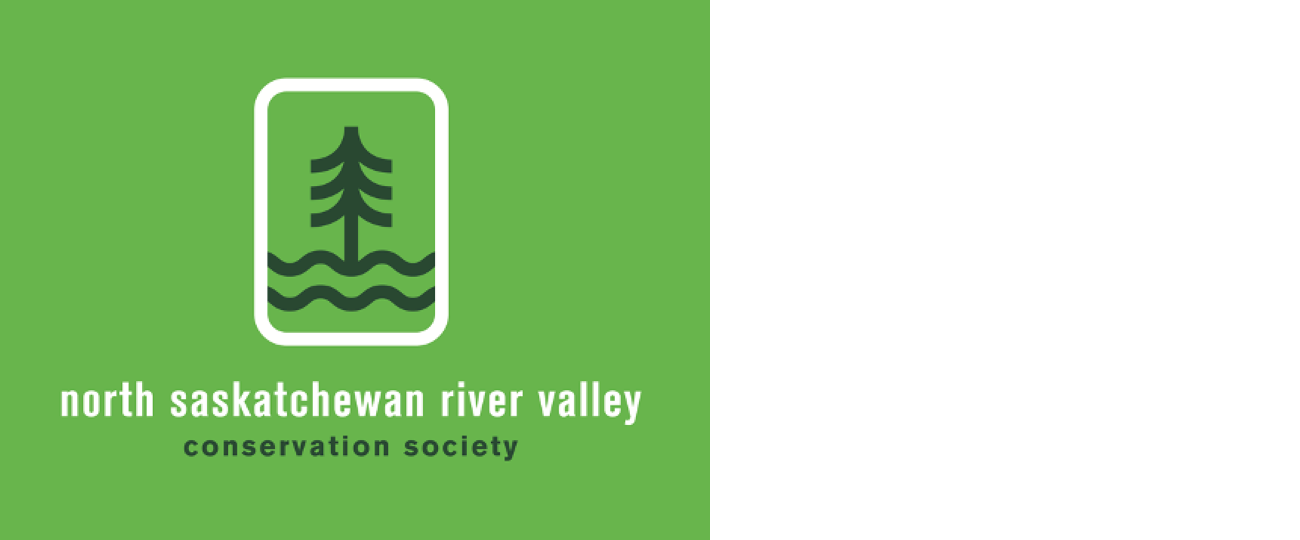Help shape the central river valley’s future
The river valley is a place people have been drawn to and gathered at since time immemorial. The City of Edmonton is exploring ways to improve access to the central river valley with the Touch the Water Promenade project. The project will include opportunities to celebrate heritage, encourage recreation and connect people with nature.
The Touch the Water Promenade project in the Rossdale Area will be moving forward with the next phase of design work. If you live, visit, move through or simply enjoy this area of the river valley, the city wants to hear from you.
Help shape the preliminary design for the Rossdale Area from July 19 to August 3, by engaging in the information and participating in an online survey at
https://www.edmonton.ca/projects_plans/parks_recreation/north-shore-promenade?utm_source=virtualaddress&utm_campaign=touchthewater
New camp in river valley to serve Edmonton’s homeless
For the third time, non-profit organization Peace Camp YEG has launched a camp to serve Edmonton’s homeless population.
Officially launched on July 10, Peace Camp 3 is intended to be a safe space for those experiencing homelessness and offers shelter, food, and access to harm reduction supplies.
The camp is located at the city’s Indigenous Art Park along Queen Elizabeth Park Road. Volunteers say the camp has returned since Edmonton is still experiencing a shortage of housing programs. Learn more at https://edmonton.ctvnews.ca/peace-camp-yeg-launches-new-camp-in-river-valley-to-serve-edmonton-s-homeless-1.5513631
Beavers making a comeback as climate champions
Beavers used to be a prevalent species worldwide, ranging from Scotland to Spain, Syria to Russia, and Canada to Mexico. The fur trade of the 1500s to 1800s saw the creatures hunted to almost extinction, but a recent resurgence of research and lobbying by conservationists has seen their numbers climb again. One study estimates global numbers to be around 10 million, still a far cry from times when they numbered 100 million in North America alone.
The animals are best known for their skill at building dams in rivers, which create wetlands and standing ponds. These changes in the watershed contribute to several improvements in the environment, including better stream quality leading to healthier fish populations, carbon capture via the shallow ponds which hold back silt and sequester the gas, increasing resistance against wildfires, and providing a habitat for other animals.
All this contributes to their status as a keystone species, essentially defined as an animal that multiple other species rely on within an ecosystem. As the world heats up and extreme weather becomes more frequent, scientists have been rushing to reintegrate beavers into struggling ecosystems and dry landscapes. Learn more at https://www.bbc.com/future/article/20210713-the-beavers-returning-to-the-desert
Should Edmonton build on its flood plain
Marie writes “TransAlta will release water from Bighorn Dam starting July 22. The river flow will increase over several days, will be higher than seasonal water flows, and like what is experienced during spring melt. Hopefully, there will be no major thunderstorms upstream from Edmonton during this time.
This sign is on a riverside path adjacent to the Rossdale water treatment plant. We’re not sure if this is a sign of the past, present or future.
River valley concern or contribution
If you have a river valley concern or question, contact us at nsrivervalley@gmail.com
Your friends and neighbours can sign up for this newsletter on our web site.
If you have a photo, information, or event about Edmonton’s river valley and think it should be in this newsletter, email it to us.
Sincerely yours,
Harvey Voogd
North Saskatchewan River Valley Conservation Society
780.691.1712




















